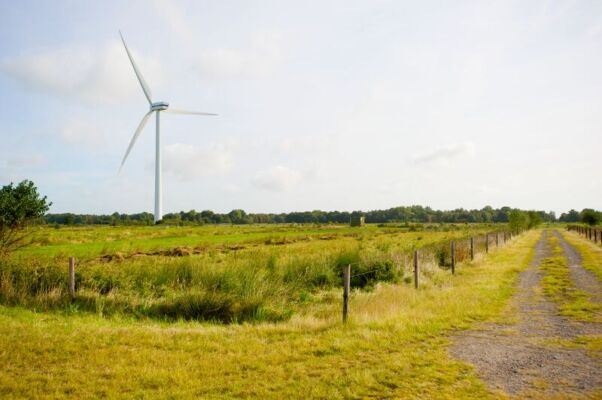Worldwide and across industries, there are significant gaps in labor markets. The same holds true for hiring managers in the wind industry who have trouble finding qualified applicants to fill vacant positions – as the demand for wind power continues to reach new heights.
On the other hand, students seeking education tailored to careers in this industry struggle to get hired. According to a recent survey, students and recent graduates identified difficulties in getting relevant work experience and technical training, as well as finding employment opportunities near where they live or want to live.
The most valuable renewable energy source?
In the past decade, the global output of wind energy has risen significantly. Since 2020, onshore wind power emerged as one of the most valued renewable energy sources worldwide.
The global offshore wind sector is growing steadily, and although fairly small in size, its potential for growth far outstrips onshore. Thus, the demand for skilled workers remains vast and is estimated to grow at an unprecedented rate. The high adoption of wind power is not the only factor driving the workforce gap.
Factors such as global net-zero commitments and the urgency for achieving energy security mean that the wind energy output is expected to quadruple by the end of the decade – that is, if the world is to stay on course for a 1.5°C pathway and net zero by 2050.
What the industry needs
A readied and qualified workforce is essential for any industry. For any workforce to grow, career options need to be communicated early on, so that young candidates can consider potential career paths.
The wind power industry supports a broad array of occupations, led by trade workers, engineers, and wind technicians. In the United States, researchers surveyed 247 wind energy firm representatives and found that 68 percent have difficulty hiring across most occupations. The survey also showed that 25 percent of firms searched for qualified candidates outside the U.S., and discovered that local applicants lacked the appropriate skills and experience. Additionally, results showed that graduates from wind energy educational programs often do not enter the wind industry upon graduation – opting to seek employment in other areas. Conversely, some educational and training institutions with wind or renewable energy-specific programs reported difficulty filling courses.
The difficulty that employers have in identifying qualified candidates and the struggle wind and renewable energy graduates face when looking for work are the main reasons behind the wind workforce gap. So, what can be done to narrow it?
Narrowing the workforce gap
Tightening the wind workforce gap would result in a decrease in the hiring difficulties faced by the human resource department while increasing the graduates’ ability to find jobs in the sector. Additionally, this could also reduce recruiting costs, better satisfy employer needs, and help the domestic wind workforce grow.
This can be achieved by an increased commitment to training and cross-skilling. Transferable skills need to play a more prominent role if energy companies want to gain access to a larger pool of candidates. And it certainly won’t hurt if such enterprises and other government bodies start investing in incentives and financial support to further the transfer of skills. Sectors like oil and gas and construction could prove to be great starting points and could create a balanced culture of skills and capabilities for the missing workforce.
Upskilling the existing workforce is another way the wind industry can help bridge the gap, especially since the rapid need for technical development, new corporate goals, and regulatory requirements are adding pressure to the already existing problem.
SKF’s training solutions
SKF is doing its part in training its workforce by helping employees enhance their skills through e-courses and resources, instructor-led programs, and on-site mentoring. SKF’s Training platform provides training in several fields, based on specific needs. To explore all resources, visit SKF Training solutions | SKF.



